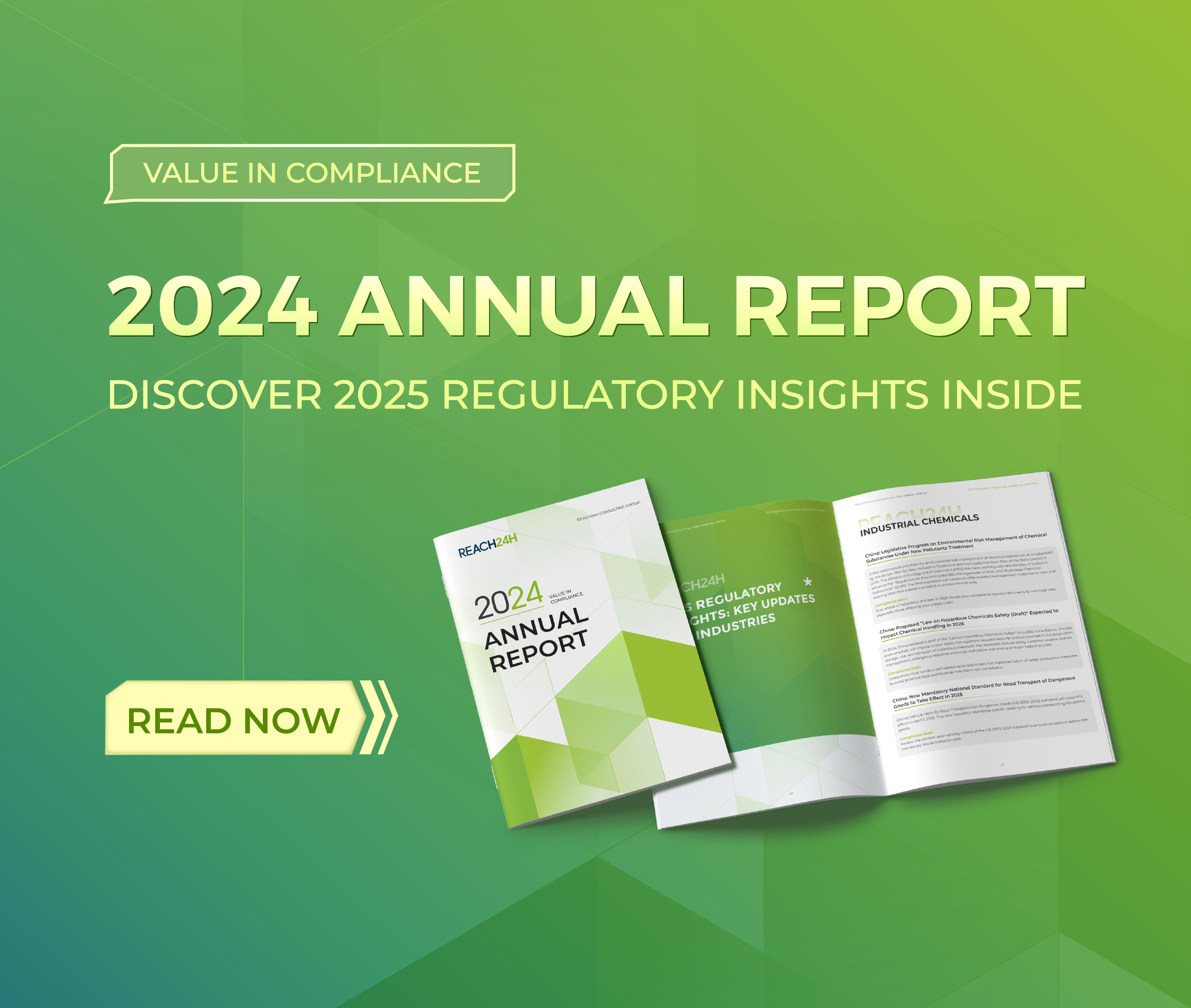EU Poison Center Notification
Background
According to Article 45(1) of the CLP Regulation, Member States appointed bodies shall receive information from importers and downstream users on the hazardous chemical mixtures they place on the market. Commission Regulation (EU) No 2017/542 amended the CLP Regulation (EC) No 1272/2008 by adding an Annex harmonising the information to be provided relating to emergency health response (“Annex VIII”). Annex VIII was adopted in 22 March 2017 and was intended to become applicable on 1 January 2020.
The regulation describes the information of hazardous mixtures that are put on the EU market and have physical and chemical hazards or health hazards required to be notified, and also introduces a new requirement to print a Unique Formula Identifier (UFI) including it in the supplemental information on the labels.
Scope
Basically, mixtures which are placed on the EU market and classified as hazardous on the basis of their health and physical effects should be subject to PCN requirements. Products exempt from the PCN requirements majorly include:
• Substances
• Mixtures not covered by CLP
• Mixtures classified only for environmental effects
• Mixtures used for R&D and PPORDs
• Gases under pressure
• Explosives (unstable explosives and divisions 1.1 to 1.6)
The PCN submissions of products listed above can be conducted on a voluntary basis. Such submissions will enable suppliers to protect their confidential business information and help emergency responders obtain necessary information to avoid unnecessary hospitalization.
Who Should Submit PCNs
Importers and downstream users placing hazardous chemical mixtures on the EU market need to submit PCNs. For distributors that solely store and place mixtures on the market, they are principally not required to submit information to appointed bodies as long as they do not engage in other activities of mixtures. However, for distributors that modify the label of hazardous mixtures or repackage hazardous mixtures or launch products to member state markets where upstream users have not submitted notifications, they should notify appointed bodies as well.
In addition, a duty holder can entrust a third party (e.g. parent companies/headquarters and consultancies) to notify appointed bodies, but the use of a third party does not relieve them from their responsibilities or obligations.
Dates of Applicability
The date of applicability for the submission of the information following the new requirements set by the amended CLP Regulation27 will apply in a stepwise manner, according to the use type of the mixture i.e. consumer, professional or industrial use. Importers and downstream users placing mixtures on the market not notified already under national legislation must comply with Annex VIII of the Regulation from the following dates:
• Hazardous mixtures for consumer use: January 1, 2021*;
• Hazardous mixtures for professional use: January 1, 2021;
• Hazardous mixtures for industrial use: January 1, 2024.
*On 6 November 2019, the European Commission has adopted a delegated act amending the CLP Regulation, which will postpone the first compliance date for harmonised reporting to poison centres, for mixtures intended for consumer use, from 1 January 2020 to 1 January 2021.
Information Contained in PCN Submission
Identification of mixture and submitter
• Product identifier of the mixture
• Details of the submitter
• Telephone number and email address for rapid access to additional product information
Hazard identification and additional information
• Classification of the mixture
• Label elements
• Toxicological information
• UFIs
• Additional information
Information on mixture components
• General requirements
• Mixture components
• Mixture components subject to submission requirements
• Concentration and concentration ranges of the mixture components
• Classification of mixture components (substances and MIM)
Our Services
• Identify your role in the supply chain and understand your compliance obligations
• classify your products
• Collect information about your products
• Assign and manage UFIs based on business decisions
• Prepare SDSs and labels
• Submit the PCN notification
• Training

